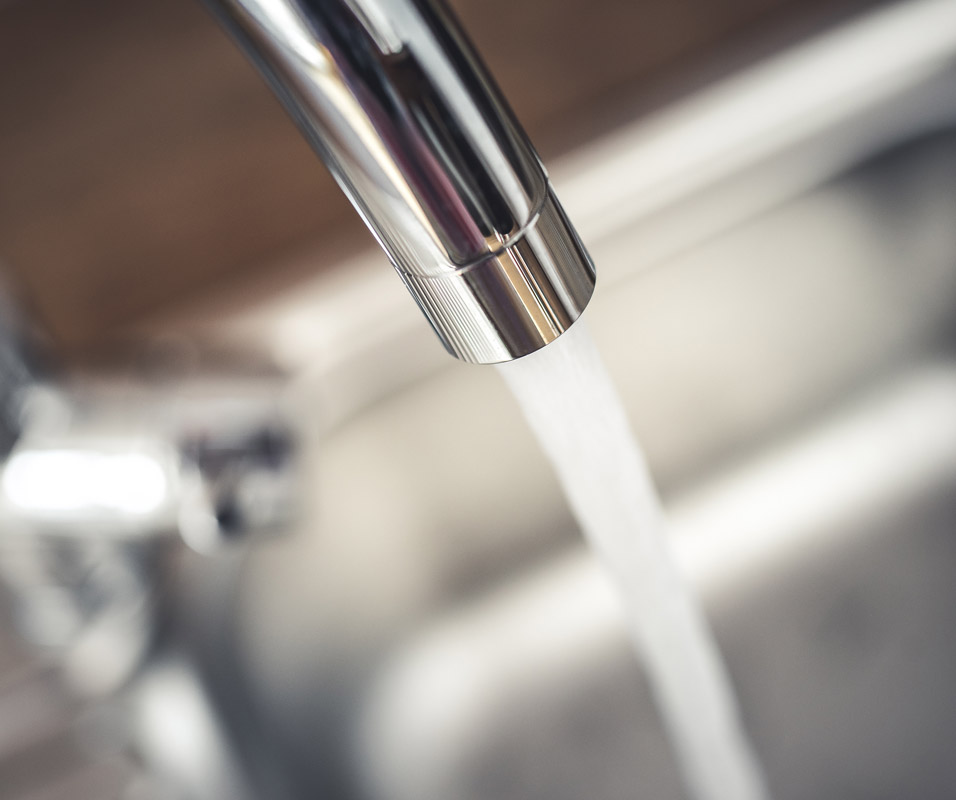Water consumption: shower vs. bathtub
May 2022, author: Adrian Swoboda, customer advisor
 When it’s time to renovate the bathroom, many homes face the eternal dispute of whether to opt for a shower unit or a bathtub. However, it’s not only the household members’ preferences that come into play, but also the economic aspects. Water gets constantly more expensive, so investors prefer to focus on those solutions that allow to increase savings.
When it’s time to renovate the bathroom, many homes face the eternal dispute of whether to opt for a shower unit or a bathtub. However, it’s not only the household members’ preferences that come into play, but also the economic aspects. Water gets constantly more expensive, so investors prefer to focus on those solutions that allow to increase savings.
Saving water has a direct impact on our bills, and lower consumption shows care for ecology and the environment. Although in the nearest future no-one in Europe has to worry that there will be a shortage of water, there are many regions in the world where water is scarce. This is an additional reason to save water. So, what is the answer to the question:
shower or bathtub? What allows us to use less water?
Bathtub or shower unit – which one is more economic?
If we think of a bathtub and a shower,
it is undisputed that less water consumption applies to the shower unit. To take a comfortable bath in the tub, we would need to fill it up with water to at least half of its height. An average bathtub can hold between 120 and 150 liters, and even if it’s only half full, a single bath would use up to 70-80 liters of water. A shower, therefore, requires much less water.
The flow of water depends on the type of shower head and whether it has an aerator (more about it and the benefits of buying one, you can find in the article “
Aerator – what is it, how does it work and why should you get one?” and in the post “
How to save water at home?”). When it comes to shower, most often we use 5 to 9 liters of water per minute. If we would like to have a rain shower, then this value will be slightly higher, increasing to 7-12 liters. An average shower means about 5 minutes of pouring water, so that means that during this time we use about 30-40 liters of water. If we don’t keep the tap open all this time, the value will be lower.
As we can see, one shower can save a lot of money. If we multiply the number of family members and the frequency of bathing, and then compare the water consumption in the shower and the bathtub, the difference will be enormous. What are other ways to save water?
An aerator, which was mentioned earlier, will certainly help. It’s a small strainer attached to the end of the tap or the shower head. It aerates the water, decreasing its flow. What’s more, the stream is better directed, which means the water doesn’t get splashed around.
There are also other ways to save water. For example, you could get used to using cooler water. It’s not about taking a shower in ice-cold water, we just need to remember that if someone likes to shower in very hot water, a lot of water needs to flow out before it gets hot. When shampooing your hair or soaping your body, water should be turned off – it’s not needed for these tasks, so it shouldn’t flow out of the tap unnecessarily. If household members are worried that their showers take too long, an alarm clock or a timer that rings, for example, after 5 minutes indicating it’s time to finish bathing is a good idea.
Bathtub with shower – is it possible?
Although a shower means less water consumption than a bathtub, using the latter after a long and exhausting day is very appealing. So, it seems that the best option would be to invest in both. Unfortunately, this isn’t always possible, especially when we look at the size of most bathrooms. An option that can be considered is a 2-in-1 bathtub and shower.
All we need to do is get a bathtub that suits our bathroom, and then complement it with a high-quality bath screen. This way, on a daily basis we will be able to take a shower, allowing us to save water, and when household members feel like taking a long bath, they will use the bathtub.
See all blog posts
 When it’s time to renovate the bathroom, many homes face the eternal dispute of whether to opt for a shower unit or a bathtub. However, it’s not only the household members’ preferences that come into play, but also the economic aspects. Water gets constantly more expensive, so investors prefer to focus on those solutions that allow to increase savings.
When it’s time to renovate the bathroom, many homes face the eternal dispute of whether to opt for a shower unit or a bathtub. However, it’s not only the household members’ preferences that come into play, but also the economic aspects. Water gets constantly more expensive, so investors prefer to focus on those solutions that allow to increase savings.